Brake squeal can be a frustrating and annoying occurrence for drivers. It creates unnecessary noise and can also be a sign of potential mechanical issues with your vehicle’s braking system. Fortunately, applying a brake squeal spray can help to reduce and eliminate the noise while improving the overall performance of your brakes.
However, applying the spray correctly is crucial to achieving perfect results. We’ll discuss how to use brake squeal spray effectively, providing you with the knowledge and tools to tackle this issue confidently.
Applying brake squeal spray is a simple, cost-effective solution for reducing and eliminating brake noise. However, misusing the product can lead to poor results and even damage your braking system. That’s why it’s essential to understand the proper application process, including the tools and techniques required.
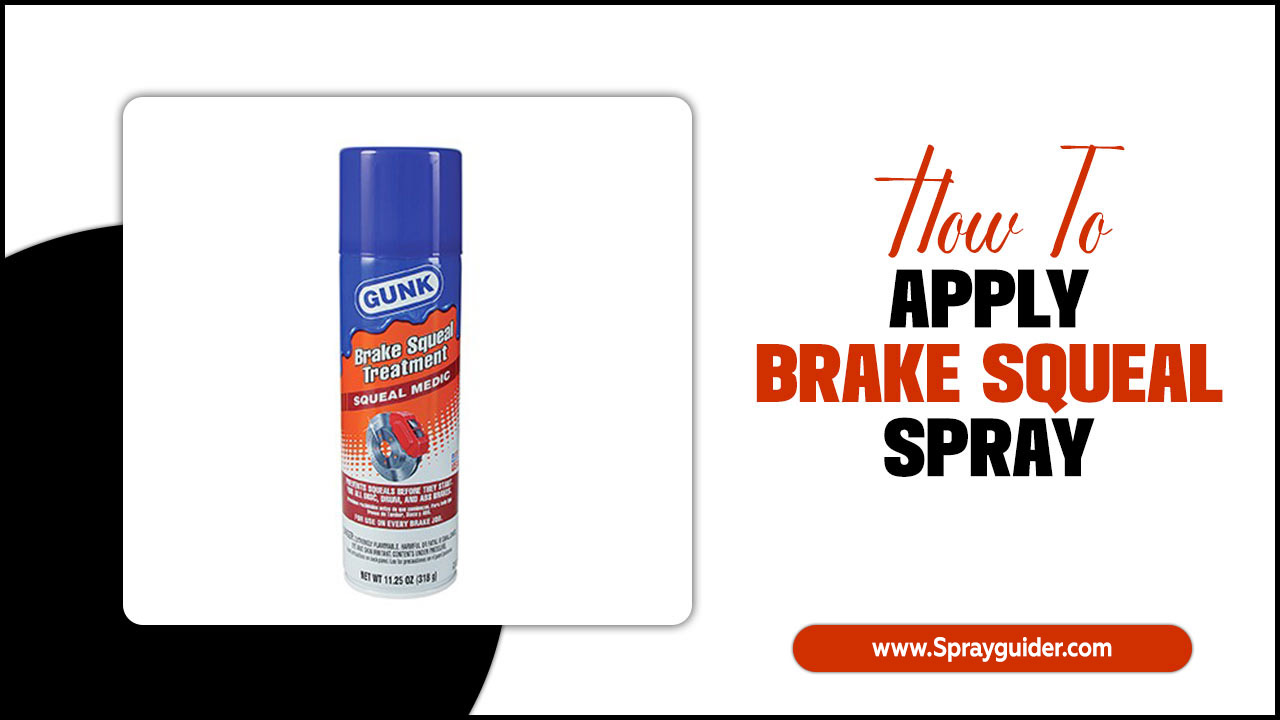
How To Apply Brake Squeal Spray
To apply brake squeal spray effectively, start by ensuring that the back of the brake pad is coated with the lubricant. Make sure to cover all sliding surfaces to prevent any squeaky noises. Additionally, use a wire brush to clean any rust or grease from the brake calliper before applying a small spray to the calliper pins.
Allow the spray to dry completely before reassembling the brake system. Following these steps can effectively eliminate the typical reason behind squeaky brakes. Remember, when using brake squeal spray, addressing any moisture or contamination on the brake rotor or ceramic brake discs is essential. This will help prevent the high-pitched squeal and ensure smooth braking performance.
Benefits Of Using Brake Squeal Spray
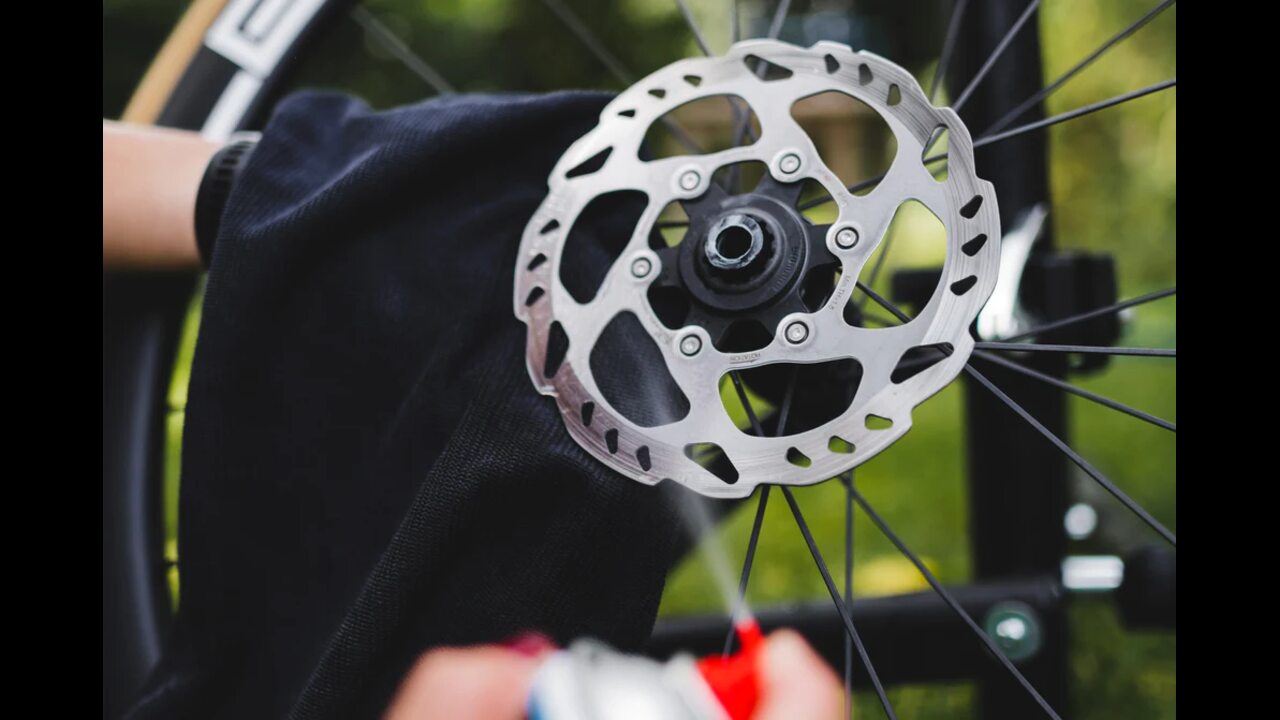
Using brake squeal spray can provide several benefits for your vehicle’s braking system. One of the main advantages is that it helps reduce or eliminate brake squeal noise, which can be annoying and indicative of potential issues with your brakes.
By applying the spray to the contact points between the brake pads and calipers, you can create a thin layer of lubrication that reduces friction and vibration. This helps to prevent the high-pitched squealing sound that often occurs when braking.
Brake squeal spray can also help extend the lifespan of your brake components by reducing wear and tear caused by excessive friction. Overall, using brake squeal spray is a simple yet effective way to improve the performance and longevity of your vehicle’s braking system.
How To Apply Brake Squeal Spray Easily And Effectively
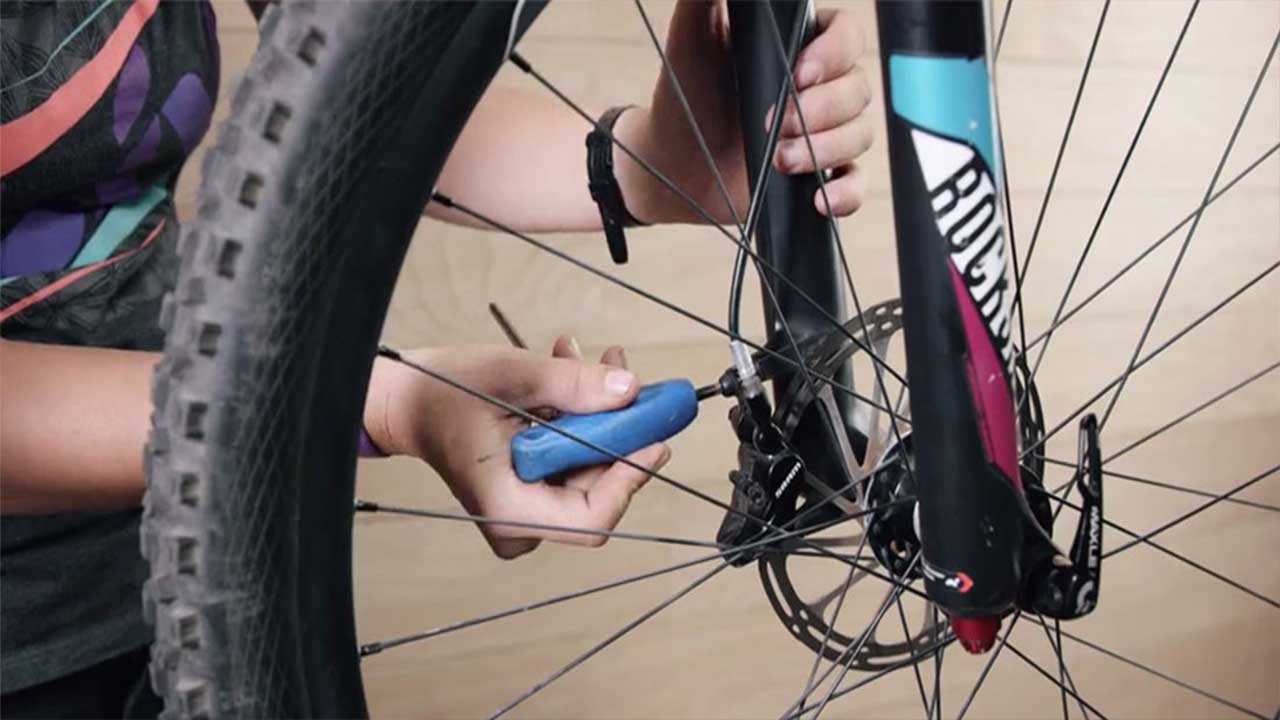
Applying brake squeal spray can help reduce the annoying noise caused by brake pads rubbing against the rotors. Remember always to read and follow the instructions provided by your brake squeal spray manufacturer. If you are unsure about applying it, consult a professional mechanic. To use the spray quickly and effectively, follow these steps:
- Prepare Your Vehicle: Place your car on a level surface and use the brake. Ensure the engine is off and the brakes are calm before starting.
- Locate The Brake Components: Identify the callipers, rotors, and pads. Applying the spray directly to the contact points between the pads and calipers is essential.
- Clean The Area: Clean any dirt or debris from the braking system using a brake cleaner or a mild detergent solution before applying the spray. This will ensure proper adhesion of the mist.
- Shake The Can: Vigorously mix all ingredients thoroughly with the brake squeal spray can. This will ensure even application and optimal effectiveness.
- Apply A Thin Layer: Hold the can approximately 6-8 inches away from the contact points between the pads and callipers. Spray a thin, even layer on both sides of each place it contacts the calliper.
- Allow Drying Time: Let the brake squeal spray dry for 15-30 minutes before driving your vehicle. This will allow for proper adhesion and prevent any potential contamination of other components.
Disadvantages Of Using Brake Squeal Spray
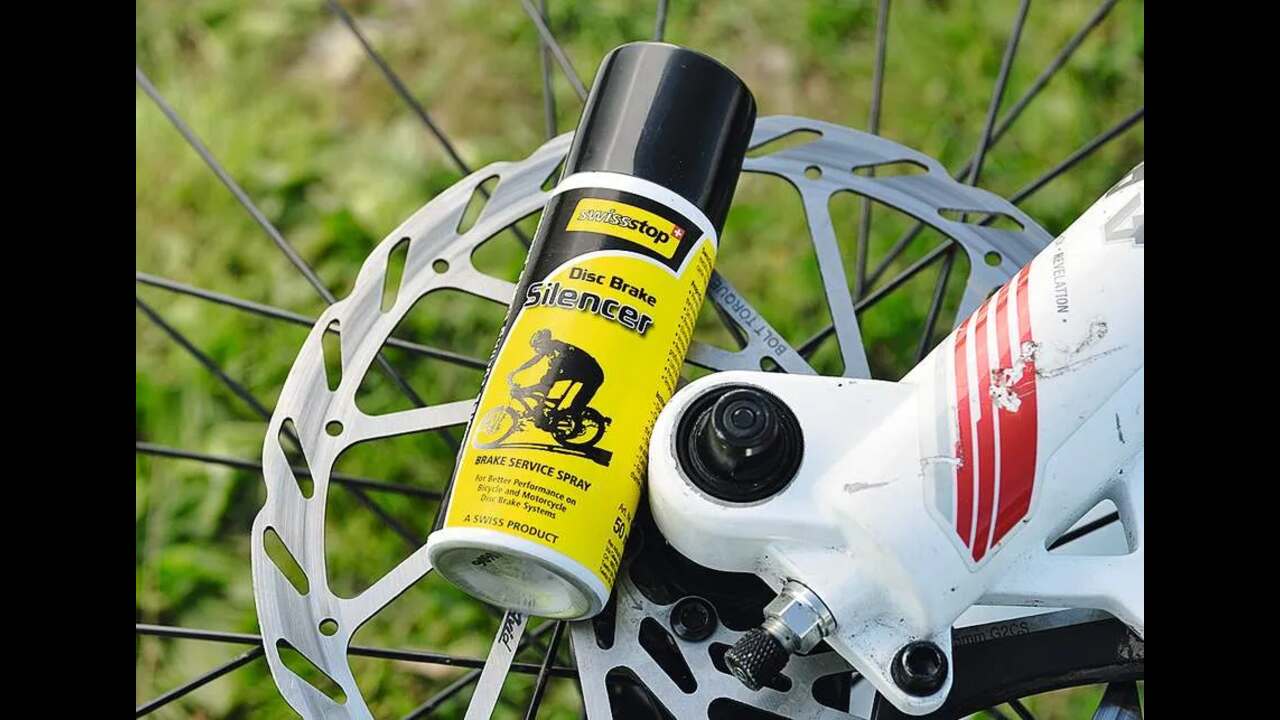
While brake squeal spray can be a convenient solution for tackling noisy brakes, several disadvantages exist. Firstly, it is essential to note that brake squeal spray is a temporary fix and may require frequent reapplication to maintain its effectiveness. Additionally, some sprays can leave behind residue or brake dust, which may negatively impact the performance of your braking system.
Moreover, relying solely on brake squeal spray can mask underlying issues with your brake system, potentially leading to further damage if not appropriately addressed. It’s important to remember that brake squeal spray is not a substitute for regular brake maintenance and repairs.
Lastly, while it can help minimize brake noise, it may not eliminate all brake noise, especially in more severe cases. For a long-lasting solution, it is advisable to consult a professional and address any potential issues with your brake system.
What Are The Side Effects Of Using Brake Squeal Spray?
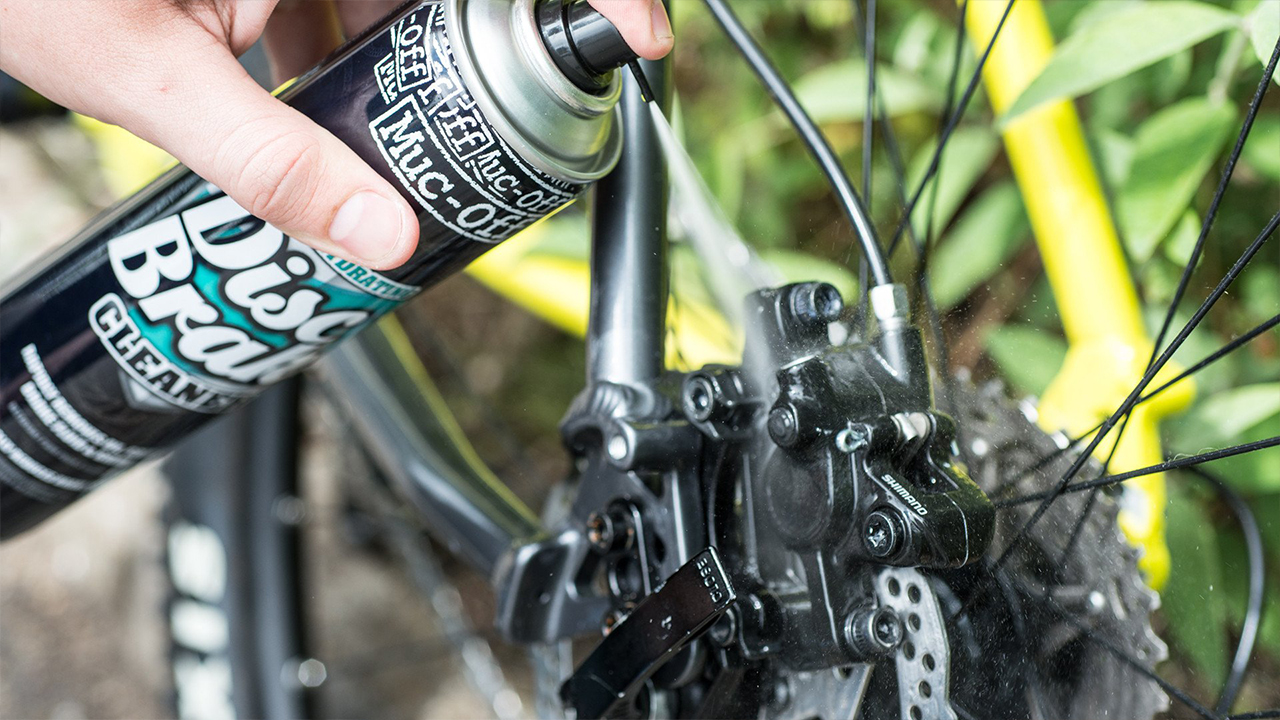
Using brake squeal spray can be an effective solution for reducing or eliminating brake noise. However, it is essential to be aware of the potential side effects that may occur when using this product.
One common side effect is a temporary decrease in braking performance. The spray can create a slippery surface on the brake pads, which can result in reduced stopping power. It is essential to test your brakes after applying the rush and ensure they function correctly before driving.
Additionally, some individuals may experience skin irritation or respiratory issues when using brake squeal spray. Using the product in a well-ventilated area and avoiding direct skin contact is recommended. If any adverse reactions occur, discontinue use and seek medical attention if necessary.
How To Use Brake Squeal Spray Properly?
Regarding using brake squeal spray properly, remember a few key steps. First, ensure the brake system is excellent and free from debris or dirt. Shake the can of brake squeal spray well before applying.
Then, apply a thin, even coat of the spray to the back of the brake pad or shoe, as well as any other areas where noise may be occurring. Be careful not to overspray or get the spray on any other parts of the braking system. Allow the spray to dry completely before reassembling the brake system.
It’s essential to follow the instructions provided with the specific brand and product you use for the best results. If you have any concerns about your vehicle’s brakes or are unsure about performing this task yourself, consulting a professional mechanic is always recommended.
When Should You Use Brake Squeal Spray?
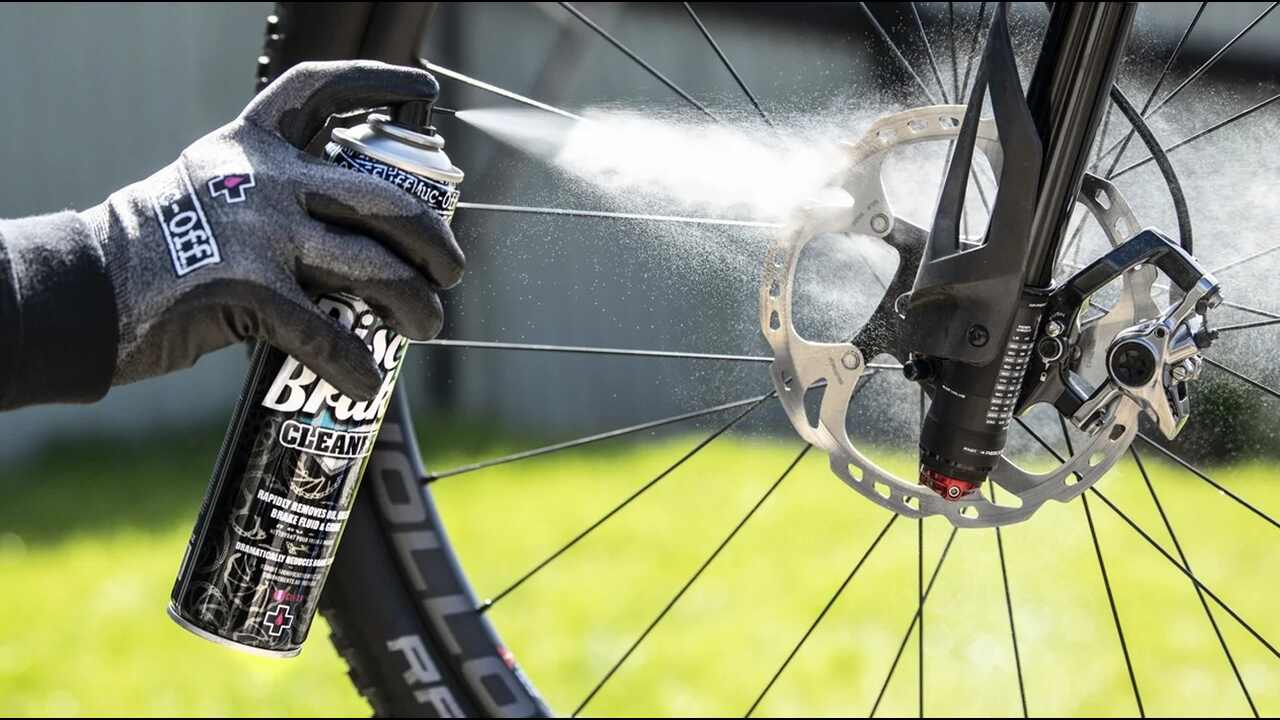
Knowing when to use brake squeal spray can help you maintain the performance and lifespan of your brakes. Brake squeal spray is typically used when you hear a high-pitched noise from your brakes, often called brake squeal.
Vibrations between the brake pads and the rotor usually cause this noise. Brake squeal spray can help reduce these vibrations and eliminate the noise. If you notice any signs of brake squeal, such as a screeching or squeaking sound when applying the brakes, it may be time to use brake squeal spray.
However, it is essential to note that brake squeal can also be a sign of other underlying issues with your brakes, so if the noise persists after using the spray, it is recommended to have your brakes inspected by a professional mechanic.
Conclusion
To ensure optimal brake performance and eliminate annoying squealing sounds, it is essential to know how to apply brake squeal spray properly. You can effectively reduce or eliminate brake squeal by following the recommended dosage and application instructions.
It is also essential to understand the benefits and potential disadvantages of using brake squeal spray and how to avoid brake squeal in the first place. These steps allow you to achieve perfect results and enjoy smooth, quiet braking. Remember always to prioritize safety and consult a professional if you have any concerns or questions regarding the use of brake squeal spray.
Frequently Asked Questions
1.Where Do You Spray Brake Cleaner For Squeaky Brakes?
Ans: To effectively address squeaky brakes, spray brake cleaner on the rotor, calliper, and brake pads. Apply generously to eliminate any dirt or debris causing the noise. Remember to follow the manufacturer’s instructions and wear gloves plus eye protection when using brake cleaner.
2.How Do You Use Brake Spray?
Ans: To use brake spray effectively, clean the brake components with a brake cleaner. Shake the can of brake squeal spray and evenly apply it to the back of the brake pads. Allow the spray to dry for a few minutes before reassembling the brakes. Remember, while brake squeal spray can reduce noise, it’s not a permanent solution for worn or damaged components.
3.What Are The Benefits Of Using Brake Squeal Spray?
Ans: Using brake squeal spray offers various benefits. It helps eliminate brake noise and vibrations, extends the lifespan of brake components, enhances overall brake performance, and is easy to apply and cost-effective.
4.Can Brake Squeal Spray Be Used On All Types Of Brakes?
Ans: Brake squeal spray is versatile and can be used on most brakes, including disc and drum brakes. However, it’s essential to consult the manufacturer’s instructions for specific brake compatibility. By reducing vibration and dampening noise in the brake system, this spray provides a quick and effective solution to reduce brake noise and enhance your driving experience.
5.How Often Should Brake Squeal Spray Be Applied To Maintain Optimal Results?
Ans: For optimal results, it is recommended to apply brake squeal spray every time the brakes are serviced or replaced. Regular application during routine maintenance, such as oil changes, can extend the lifespan of your brakes and improve overall performance. If you notice increased brake noise, it may be time to reapply the spray.
Meet Allen Yu, the Spray Guru behind Spray Guider. With a passion for transforming rides into rolling works of art, Allen Yu specializes in Bike and Car Sprays. Unleash your vehicle’s potential with expert tips and creative inspiration. Elevate your ride with Allen Yu—because every spray tells a story!
